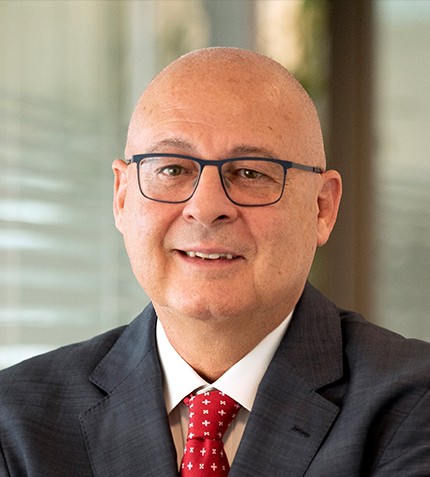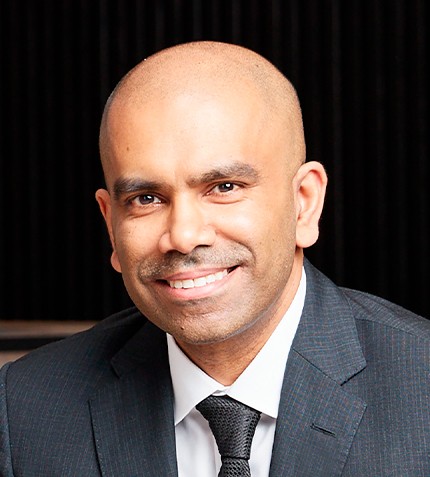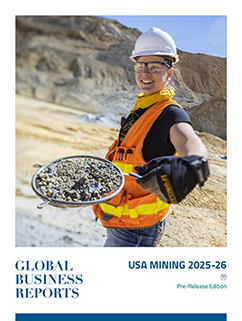
“The fact that commodities markets are global in nature means that they are also impacted by global growth trends and globalization. As such, Australian miners are concerned about the potential effects of trade wars impacting global trade adversely.”
- Peter Magill
Scott Grimley & Peter Magill
OCEANIA MINING & METALS LEADER & OCEANIA LEADER - MERGERS & ACQUISITIONS, EY
95 companies listed on the Australian Securities Exchange in 2018, but H1 2019 has seen a slowdown in IPO activity. What is your outlook for IPO and M&A activity for H2 2019?
PM: We are aware of mining services companies that are considering IPO’s – the Q2 2019 listing window is likely to be the earliest in order to confirm actual FY19 performance and have a better view of the FY20 outlook. Having said that, these businesses are receiving unsolicited approaches from trade buyers, so we suspect some would prefer an appropriate offer from trade.
We expected a continued uptick in mining M&A activity as businesses with strong balance sheets pursue growth and diversification. We’re seeing interesting developments such as large industrial conglomerates like Wesfarmers pursuing a battery minerals strategy that is therefore by acquisition.
In the context of heavy reliance on Chinese demand at the moment, what are the greatest challenges and opportunities impacting Australia’s mining sector?
SG: The reliance on Chinese demand means Australian miners continue to be conscious of growth in China. While there has been a small reduction in terms of growth percentages, the Chinese economy continues to grow robustly year-on-year. The fact that commodities markets are global in nature means that they are also impacted by global growth trends and globalization. As such, Australian miners are concerned about the potential effects of trade wars impacting global trade adversely.
Another key global challenge for miners is the need to address their Licence to Operate at a strategic level, both within mining companies and across the industry. Miners need to explain the critical necessity of mining in delivering the core products and technology for the future – mining is not an optional extra. This is important as growth options depend on strong government and community support that has been tested and lacking around the world at present, including in Australia.
This connects strongly to the need to build a workforce that is purpose built for digital mining in the future – significant work is needed on this front, both by miners and across the industry.
Australia has aimed to define ‘Mining 4.0’ with an abundance of new technologies, but which will have the greatest impact on the global mining industry?
SG: Automation and predictive maintenance are two outcomes of applying technology solutions to solve productivity and other issues that the industry addressed in the first wave of digital mining. We have worked with clients to deploy AI in exploration and trading, which is increasingly likely to be adopted globally by the industry – we have also built digital twins to improve the efficiency of processing plant and blockchain solutions, which will increasingly play a role in trading.
Another application of technology that we are working with miners to adopt is the setup of integrated operating centers. Capital to invest in them as well as the workforce with the necessary skills to deploy them is critical.
Given the opportunities being afforded by the increasing need for battery minerals, can Western Australia realistically expect to add significant value to its mining industry?
PM: Genuine value adding has mostly been a challenge, however, Western Australia does have a significant opportunity to value add in the battery minerals space – though technical knowledge held by those downstream will be a challenge to replicate or build locally. Having said that, assistance is required from government on various fronts such as approvals processes and the recognition of the R&D required to develop the valuing adding projects. Pricing opaqueness in the end markets for certain battery minerals can also create some challenges for financing particular projects.
What is your overall outlook for Australia’s mining industry?
PM: Our overall outlook for the mining industry in Australia is positive. Technological advancements are significant and continue to enhance the economics of new and existing projects. Significant free cash flow is being generated in the mining majors, which creates the firepower for expansions organically or through M&A and to deploy in building digital mining capability. Any pre-federal election uncertainty now also diminishes, which will assist with final investment decisions and the financing of various new projects. There is an opportunity to reset the narrative in Australia about the importance of mining.










